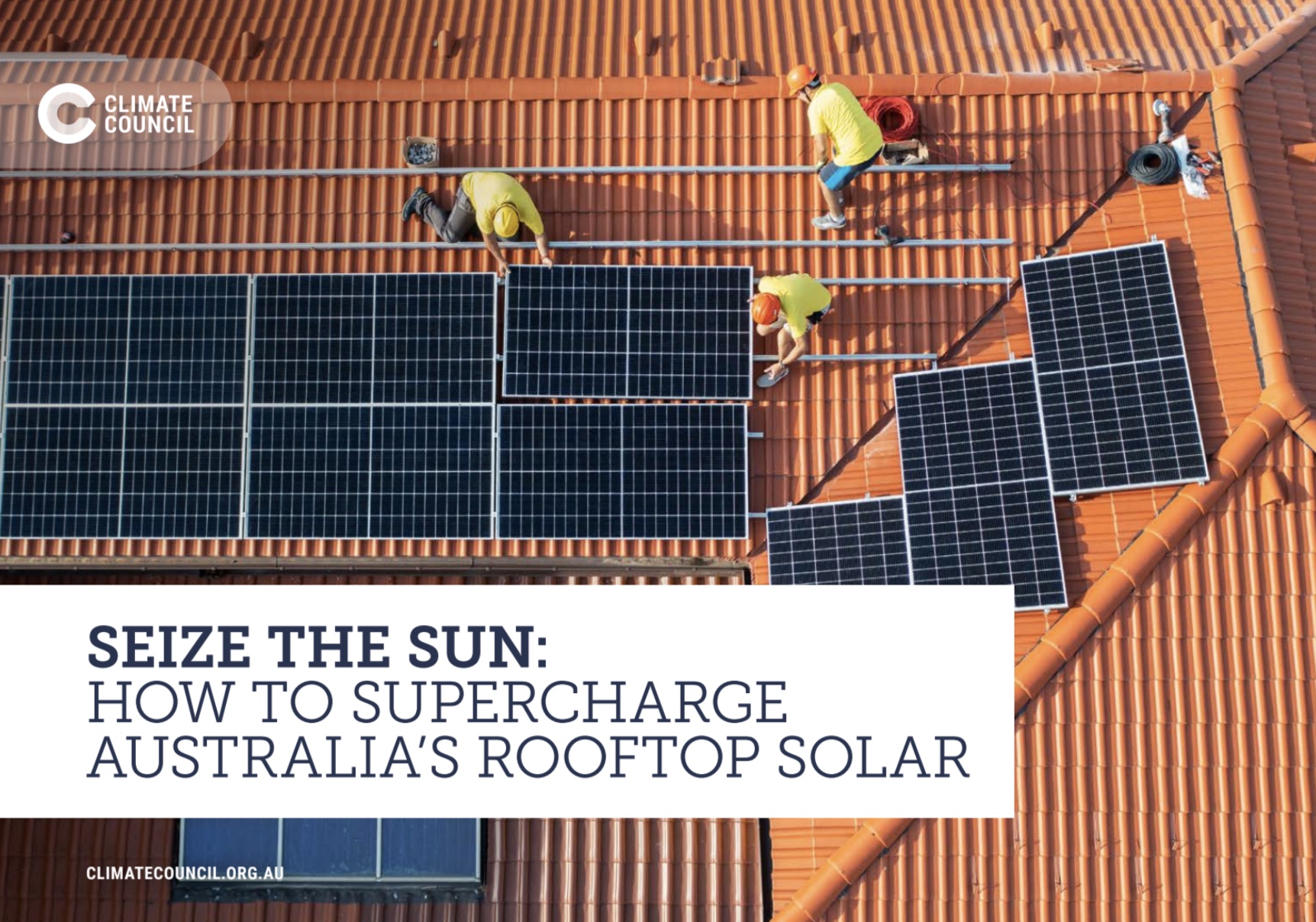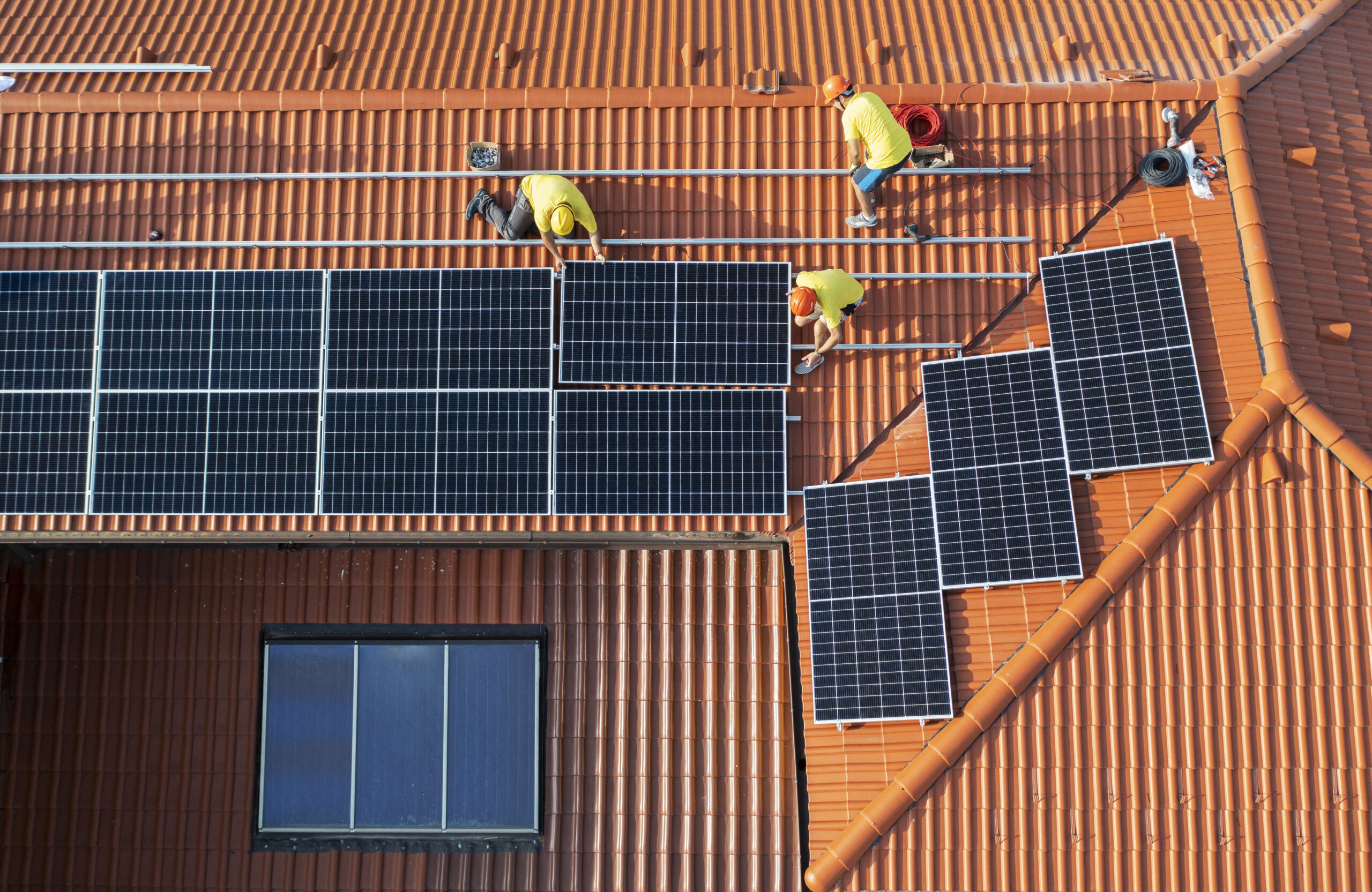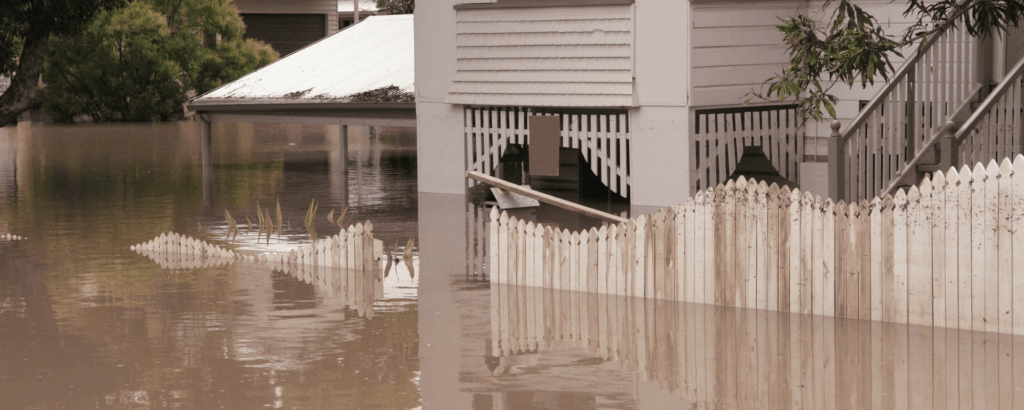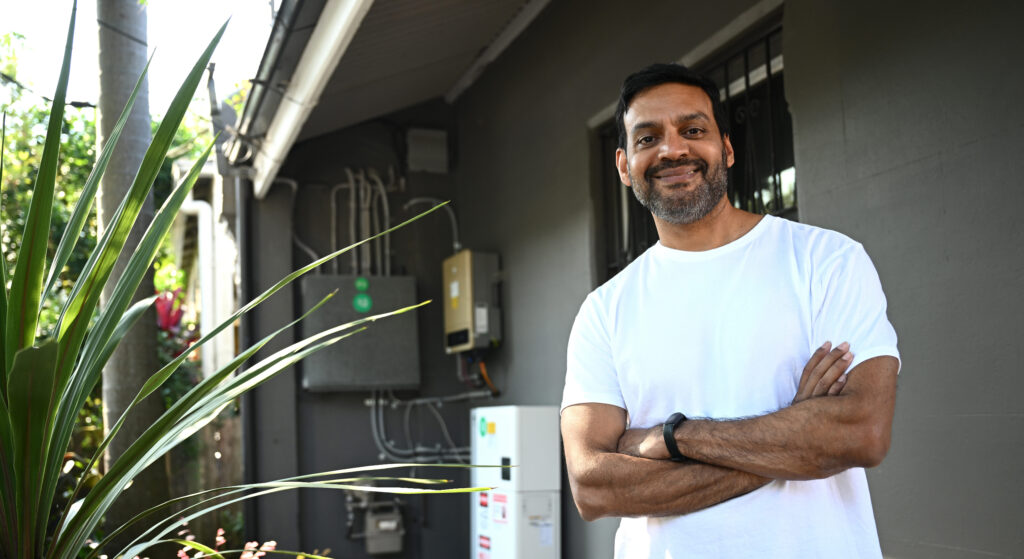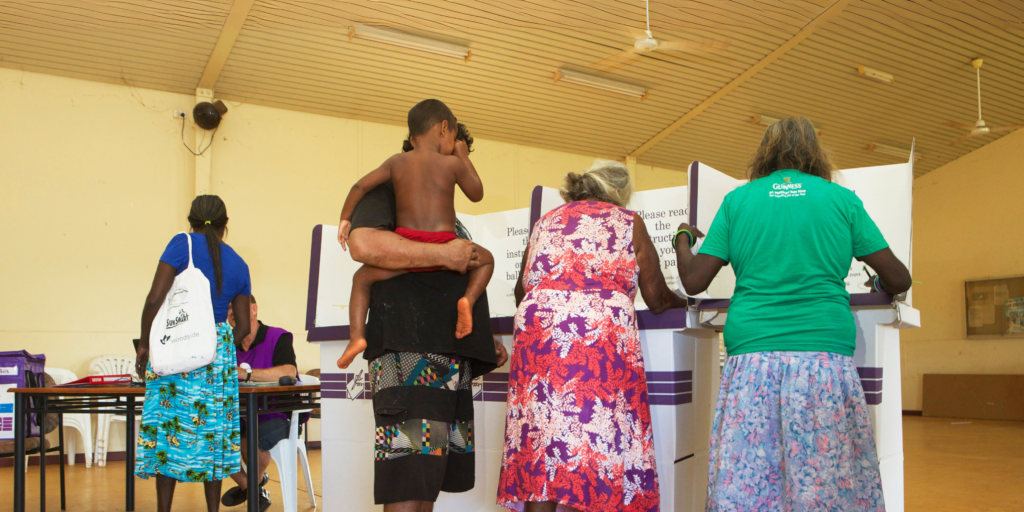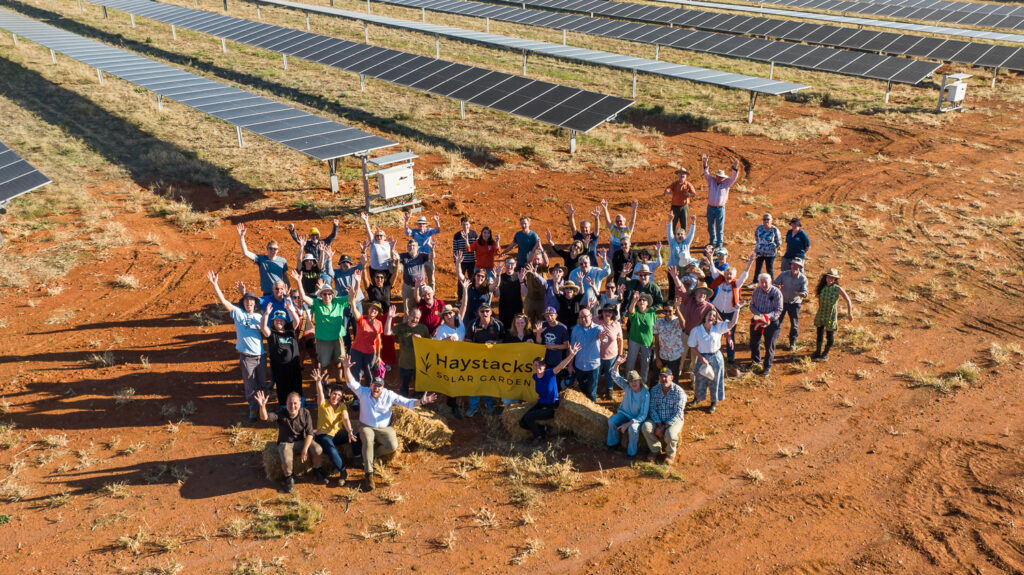Australians love solar power and it’s not hard to see why. As one of the sunniest countries in the world, harnessing our endless sunshine to power our homes and businesses with clean, affordable energy just makes sense. It’s no wonder we’re the world leader in rooftop solar.
Already, more than 3.6 million Aussie households have taken control of their power bills by putting solar panels on their rooftops. That’s one in three households, and on average each of them are saving more than $1,500 per year. As many families struggle with increasing costs of living, rooftop solar is a clear opportunity to help Australians cut their power bills and our climate pollution at the same time.
By better using the available space on top of our homes, social housing and businesses, we can double our rooftop solar capacity this decade – and deliver the bill-busting benefits to millions more Australians. But we’re missing a trick if we focus on solar panels alone. By ramping up battery storage as well, we can soak up excess solar energy while the sun is shining, and provide reliable, affordable and clean power around the clock.
Supercharging our rooftop solar and storage can also help us build a more equitable energy system. By installing solar on social housing, we can ease the burden of bills on some of the most vulnerable people in our community. By rolling out more community batteries, we can share the benefits of affordable solar power with people who can’t install their own panels, like renters and apartment dwellers. And by easing overall demand on our electricity grid, we can make our energy system more affordable and reliable for everyone.
There’s huge benefits for our climate, too. Rolling out more rooftop solar and storage will help Australia ramp up our renewable energy capacity as our coal-fired power stations continue to close over the coming years. Cutting climate pollution further and faster this decade will help us stem the rapid rise of dangerous global warming and secure a safer future for our kids.
So what are we waiting for? We have huge potential to keep growing rooftop solar and storage in Australia, and so much to gain when we do: lower bills, less climate pollution and a more reliable grid. It’s time to cement our place as the world’s solar champions by going even bigger on solar now.
Key Findings
1. Australia is the world leader in rooftop solar, with more than 3.6 million households cutting their power bills and our climate pollution. That’s more rooftop solar panels per person than anywhere else in the world.
- Over the past decade, Australia’s solar industry has grown from strength to strength. More than 300,000 systems are installed each year, and some of the largest businesses in Australia have gone solar including Woolworths, IKEA, Bunnings and ALDI.
- Together, this rooftop solar adds up to 23 gigawatts of affordable renewable energy capacity to Australia’s electricity system – about a quarter of all electricity capacity nationally.
- Cost-of-living relief is a key reason to invest in rooftop solar, with the average household saving more than $1,500 a year. Collectively, Australian households with rooftop solar are saving nearly $3 billion a year on their power bills.
- Households with solar are more insulated from power price increases, and those with a battery are even better off. From 2022 to 2023, households without solar or storage were hit with a $500 average increase in power bills, compared to $300 for those with rooftop solar and only $100 for those with solar and a battery.
2. To cement our place as the world’s solar champions, Australia can more than double our rooftop solar this decade by driving uptake across more family homes, social housing and businesses.
- Australia has the potential to add four million more rooftop solar systems (or 26.4 gigawatts) this decade – by making better use of available rooftop space on owner-occupied homes, social housing and businesses.
- Slightly more than half of all owner-occupied houses already have solar installed, but there’s still another 2.8 million households like them that haven’t yet taken it up.
- Two-thirds of new houses are being built without a solar system. We can unlock solar savings for 537,000 new homeowners this decade by ensuring all new homes have solar from day one.
- People living in social housing could benefit the most from solar, with tenants saving up to $270 million a year in power bills and governments saving up to $84 million in annual bill relief.
- Nine in 10 small businesses are missing out on the benefits of rooftop solar. An office with 40 workers could halve its electricity bill by installing 24 kilowatts of rooftop solar (equivalent to about four household solar systems).
3. As we ramp up rooftop solar, we need to adapt our grid to soak up all the clean, cheap energy that will be created and help more Australians cash in. That means rolling out more batteries and smart appliances that can tap into reliable solar power.
- To maximise the benefits of millions more solar systems, we need to roll out 25 gigawatts of battery storage – to unlock the cost savings of solar power around the clock.
- We can install two million more batteries in homes and businesses to help Aussie families and business owners store excess solar power during the day, use it at night and drastically cut their energy bills.
- We can roll out 5,000 community-scale batteries to share the cheap solar power generated by nearby homes and businesses within their neighbourhood.
- We can encourage households to use more of their solar electricity during the middle of the day when sunshine is most abundant.
- Collectively, these simple changes will help reduce demand on the grid and build a more affordable and reliable energy system for all Australians.
4. To seize the sun this decade – reaching and improving our national renewable energy target of 82 percent by 2030 – the Australian Government needs to put rooftop solar and storage at the heart of our national electricity plans.
- Rooftop solar and storage have a critical role to play in Australia’s shift to clean, reliable energy as our coal-fired power stations continue to close. By the end of 2024, Australia’s rooftop solar capacity is set to overtake coal – meaning that at the sunniest times of day, rooftop solar can feed more electricity into our main national grid than coal.
- The Aussie Solar Drive can double the number of solar systems on Australian rooftops by bringing solar and storage to social housing, rolling out more community-scale batteries, helping more businesses go solar, and making sure all new rooftops have solar panels.
- The Australian Energy Corps can skill up a new wave of clean energy workers by providing free, high-quality vocational training for apprentices and experienced energy workers.
